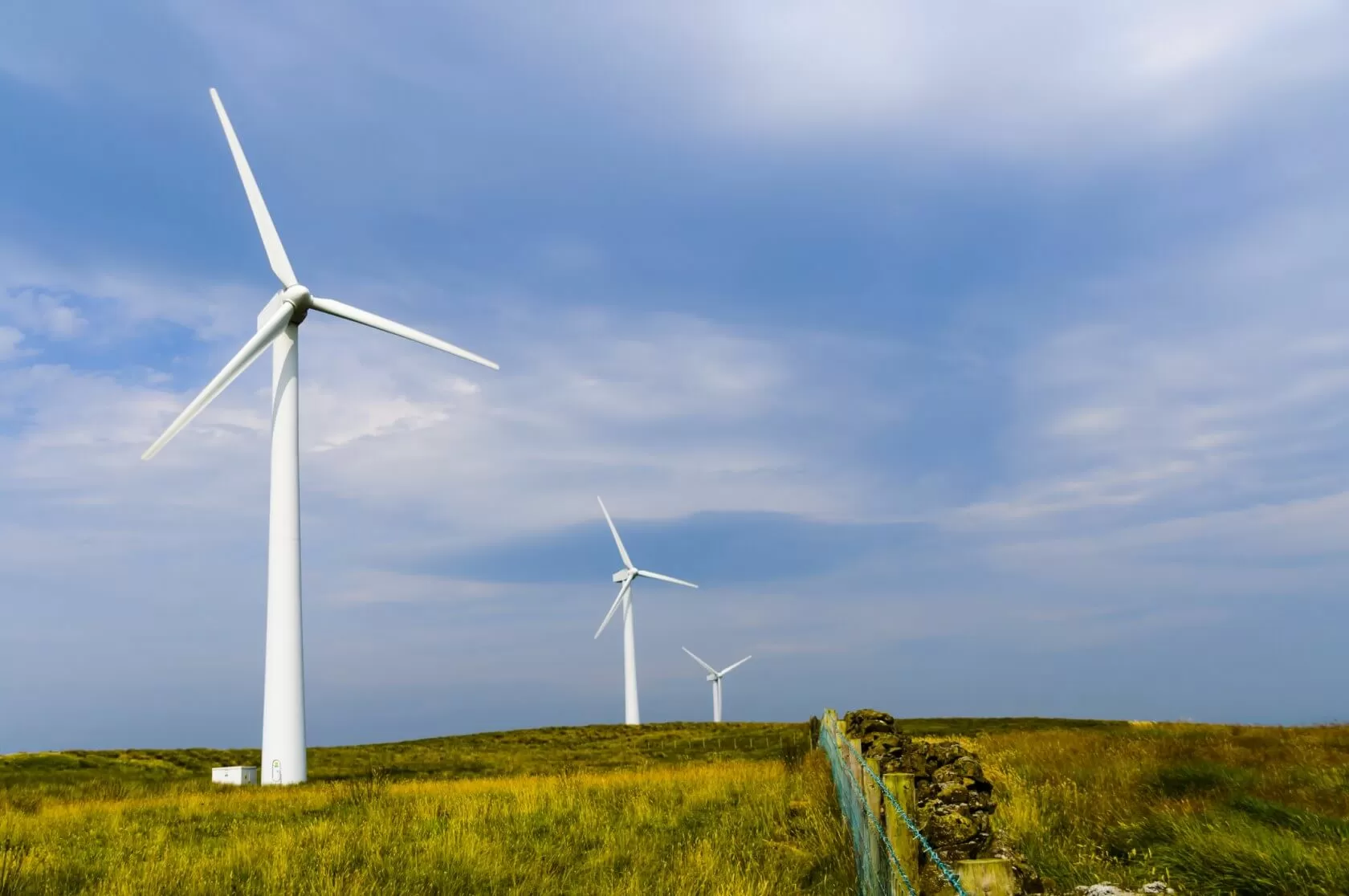Which Wind Turbine Is Most Efficient
The response is depends on how “efficient” is defined.
- is it cost-effective?
- What is the highest wind-to-electricity conversion rate?
- what is the least amount of material used?
Manufacturers of wind turbines compete to design and install the most cost-effective wind turbines.
New designs may be more effective because they have a huge customer base and can produce turbines on a large scale.

If you’re thinking of putting up a wind turbine, you’ve probably already received all of the data from the manufacturer. If that’s the case, you’re probably wondering what it all means and how much power can be extracted from the wind.
Hopefully, the following will clear things up:
- How much strength does the wind have?
- How much of the energy would a good turbine extract?
- The manufacturers’ figures can seem to be a little deceptive (if you don’t know how they came up with them).
- How do you get precise and understandable statistics
Basics Of Wind Power Efficiency

A wind turbine harnesses the energy of the wind by turning the turbine’s blades. The power from the wind is then transferred to a generator or alternator.
The amount of energy derived from the wind is determined by the wind’s speed and the size of the turbine blades. See my article on wind power graphs for more details.
Without going through the mathematical formula, there are two main points to remember:
- The amount of power available from the wind increases by a factor of eight as wind speed doubles. As a result, the amount of power available in low winds is very limited.
- Increase the power available from the wind by a factor of four by doubling the diameter of the turbine blades. When wind speeds are low, large diameter turbine blades are needed to achieve full wind power performance.
The above two arguments are based on mathematical formulae that demonstrate the amount of wind power available and how that power increases with speed and blade diameter. When it comes to wind power production, there are a few other factors to remember.
Without going into too much detail, a Mr Betz (in 1919) demonstrated that the amount of power we can obtain from the wind with a turbine blade has a limit (59.26 percent , known as the Betz limit).
Any excess air is pushed around the turbine blades rather than through it until the Betz limit is reached.

The performance figures mentioned in the manufacturer’s literature are generally measured at optimum wind speeds (usually 28 – 30 mph), while most of us will see average wind speeds of 10 – 15 mph.
In low-wind conditions, a large turbine blade is needed to extract the maximum power. As a result, knowing what the turbine can produce in low winds is much more critical.
The only way to measure the true performance for average wind speeds on your platform is to use a manufacturer’s wind power graph or power curve map. This helps you to see what their turbine’s power output will be at your current wind speed.
A wind turbine harnesses the energy of the wind by turning the turbine’s blades. The power from the wind is then transferred to a generator or alternator. The amount of energy derived from the wind is determined by the wind’s speed and the size of the turbine blades. See my article on wind power graphs for more details.
One of these power curve charts is shown above as an example. I’ve also included a second graph (below) that depicts the relationship between wind speed and performance for various turbine blade diameters.
If the wind speed is increased to an average of 14 mph, the 5ft turbine produces 947 Kwh/year (still inadequate), but the 15ft turbine produces an impressive 8,520 Kwh/year. In the United Kingdom, an average home uses around 4,500 Kwh per year.
The best approach is to reduce your energy consumption as much as possible before installing a wind turbine or photovoltaic solar panels on site to generate additional electricity.
Hopefully, this has clarified wind energy production. You should now have a clearer understanding of the manufacturers’ production statistics, how they’re measured, and how they relate to local wind speeds.
You may also be interested article of wind power pros and cons.
You may be interested in learning more about how wind power works, or you may just want to learn some useful wind power information.



